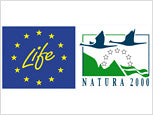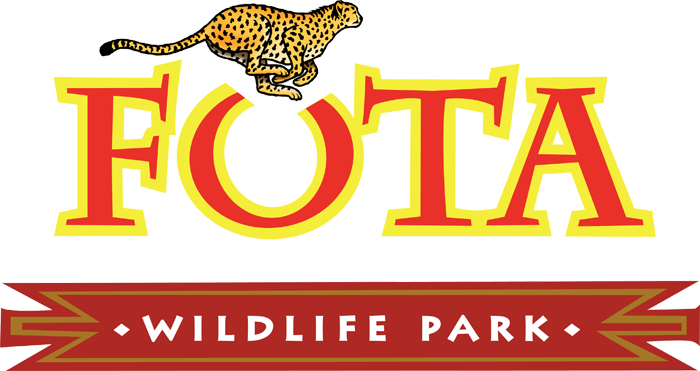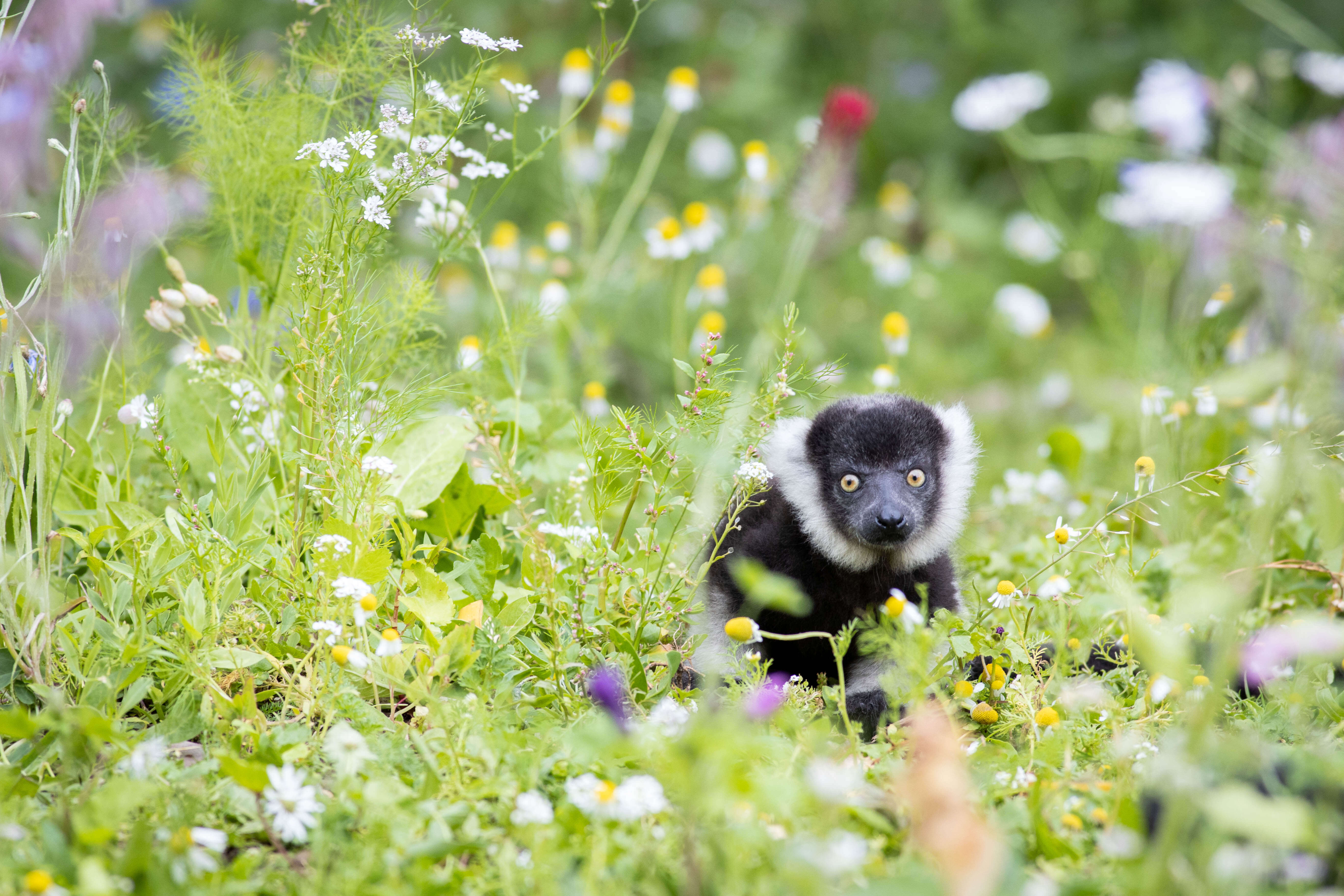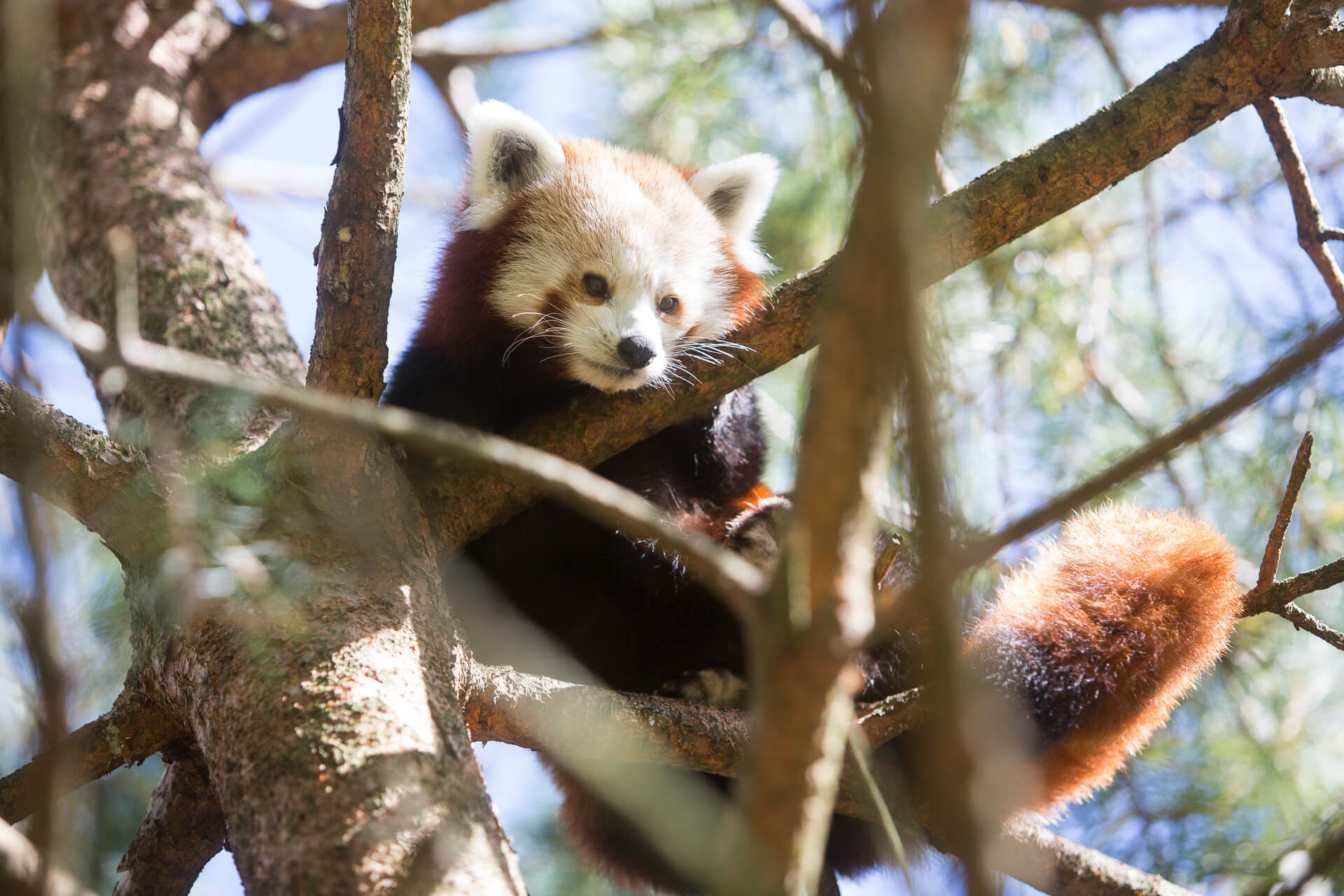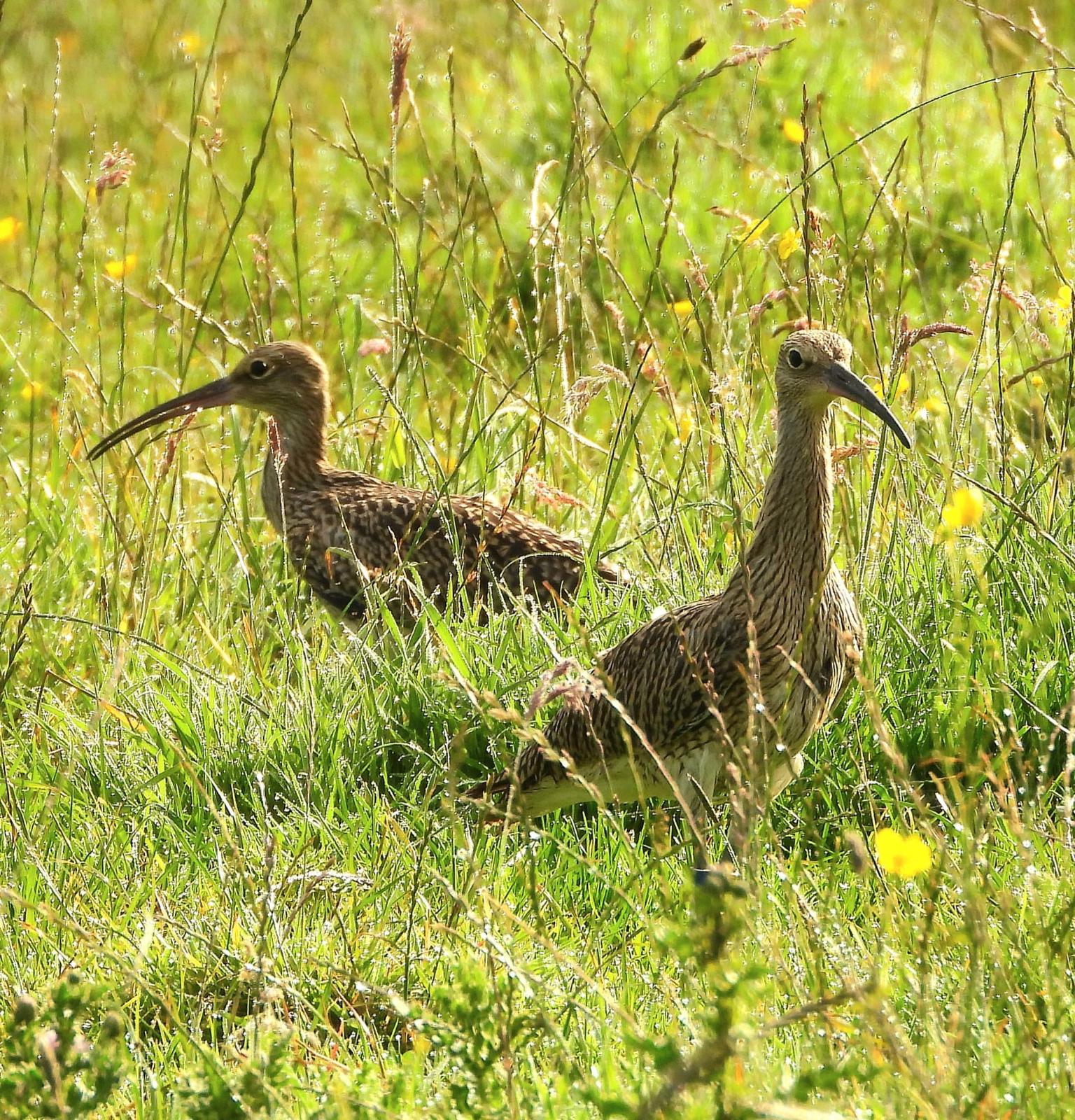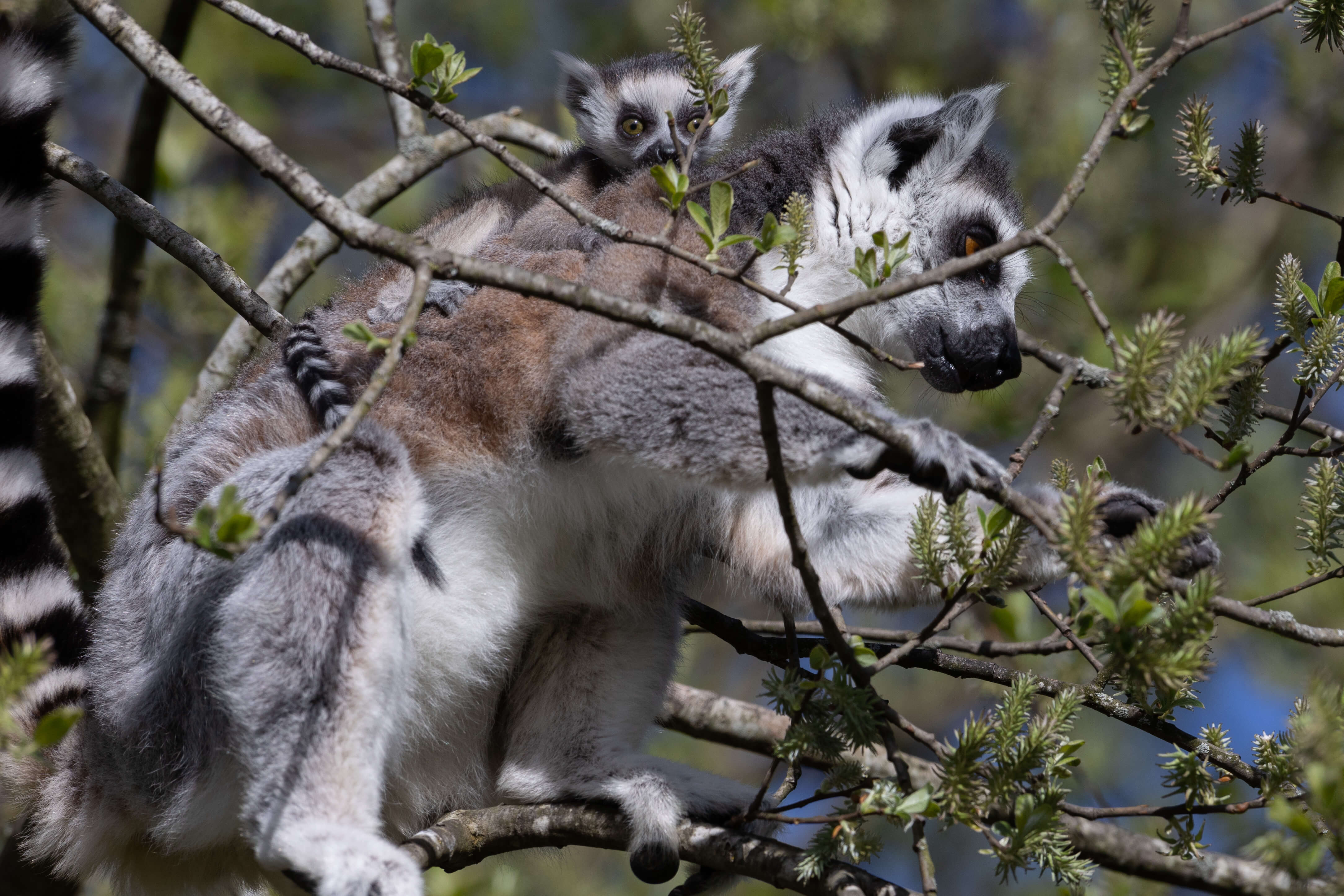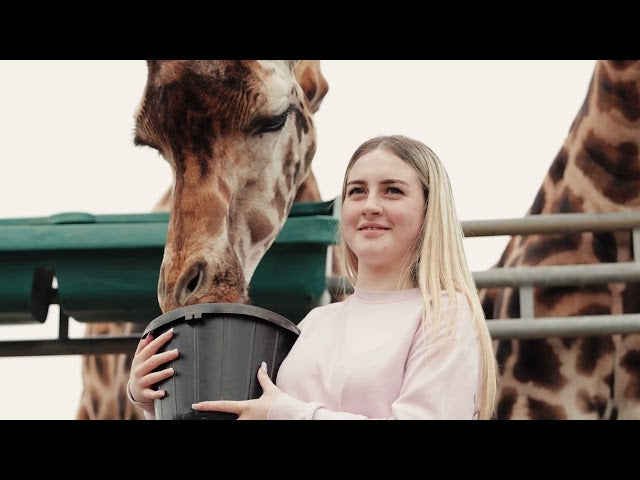
Celebrating 40 years of Fota Wildlife
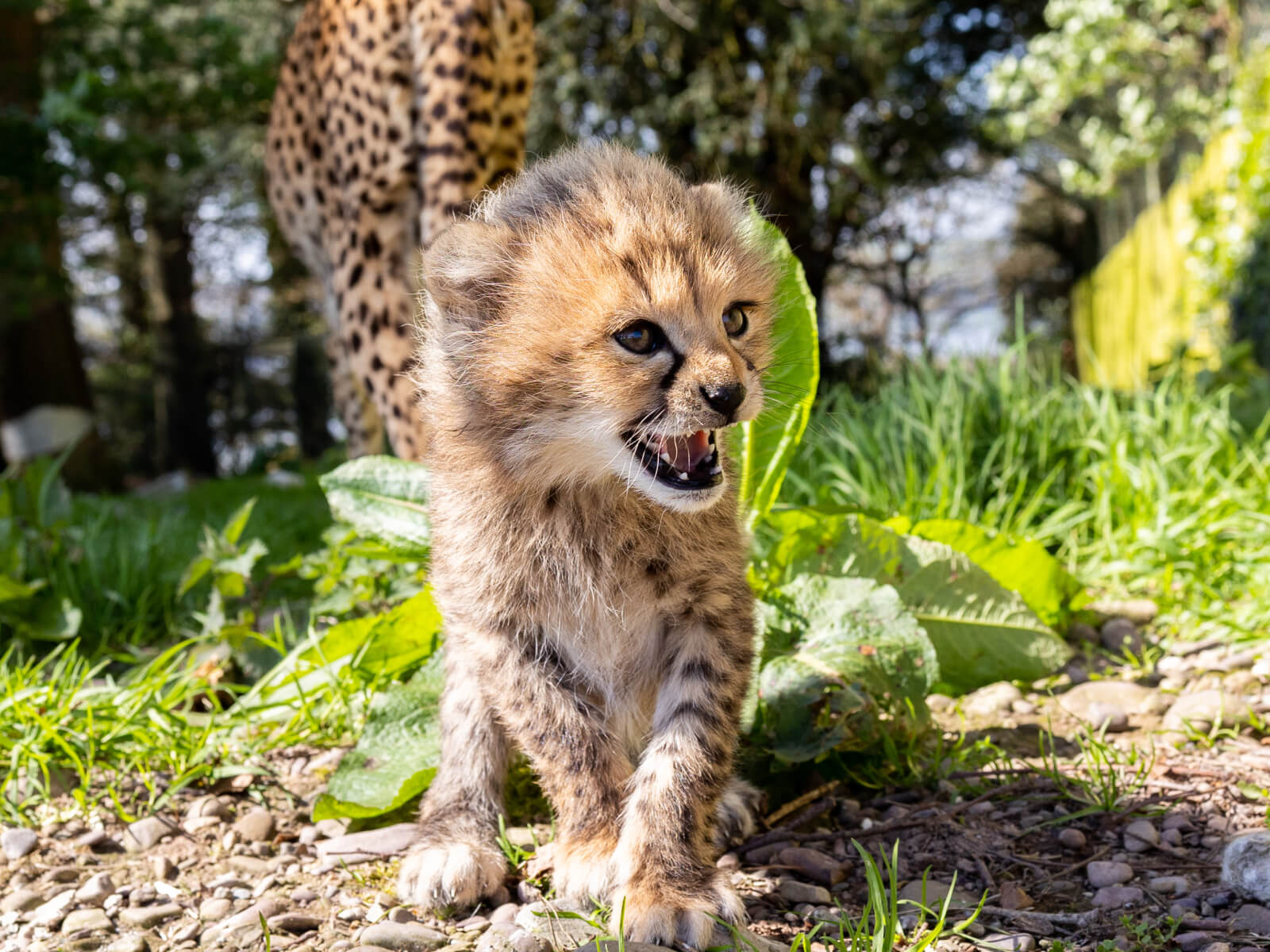
Fota Wildlife Park cares for several different animal species in danger of extinction. Through long-established Breeding programmes, which are run cooperatively with other institutions around the world, the Park is helping restore populations of some species while protecting the very survival of others.
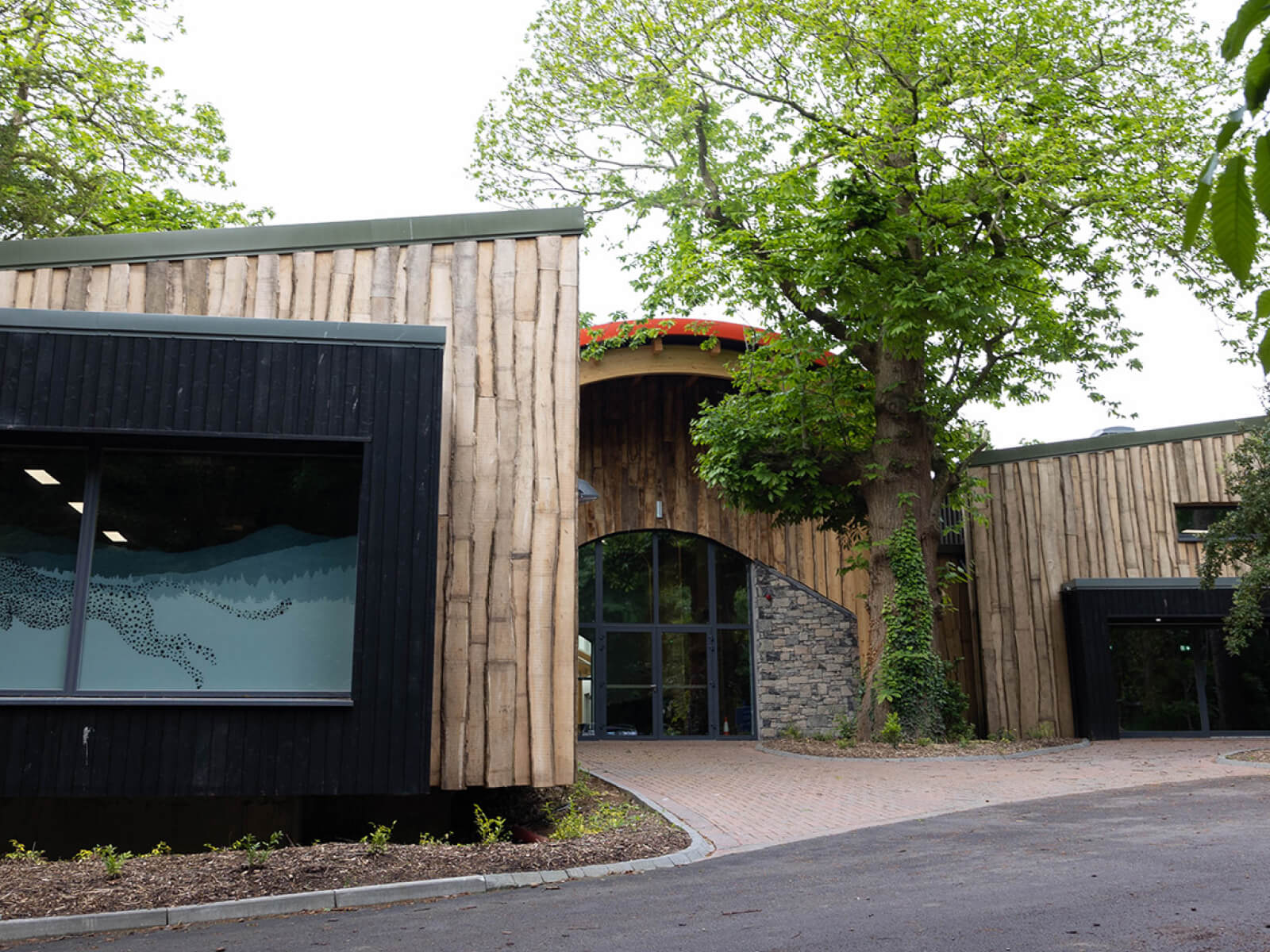
Fota Wildlife Park is proud to welcome you to the Education, Conservation and Research Centre (ECRC), co-funded by the Government of Ireland via the Office of Public Works, and completed in December 2023.
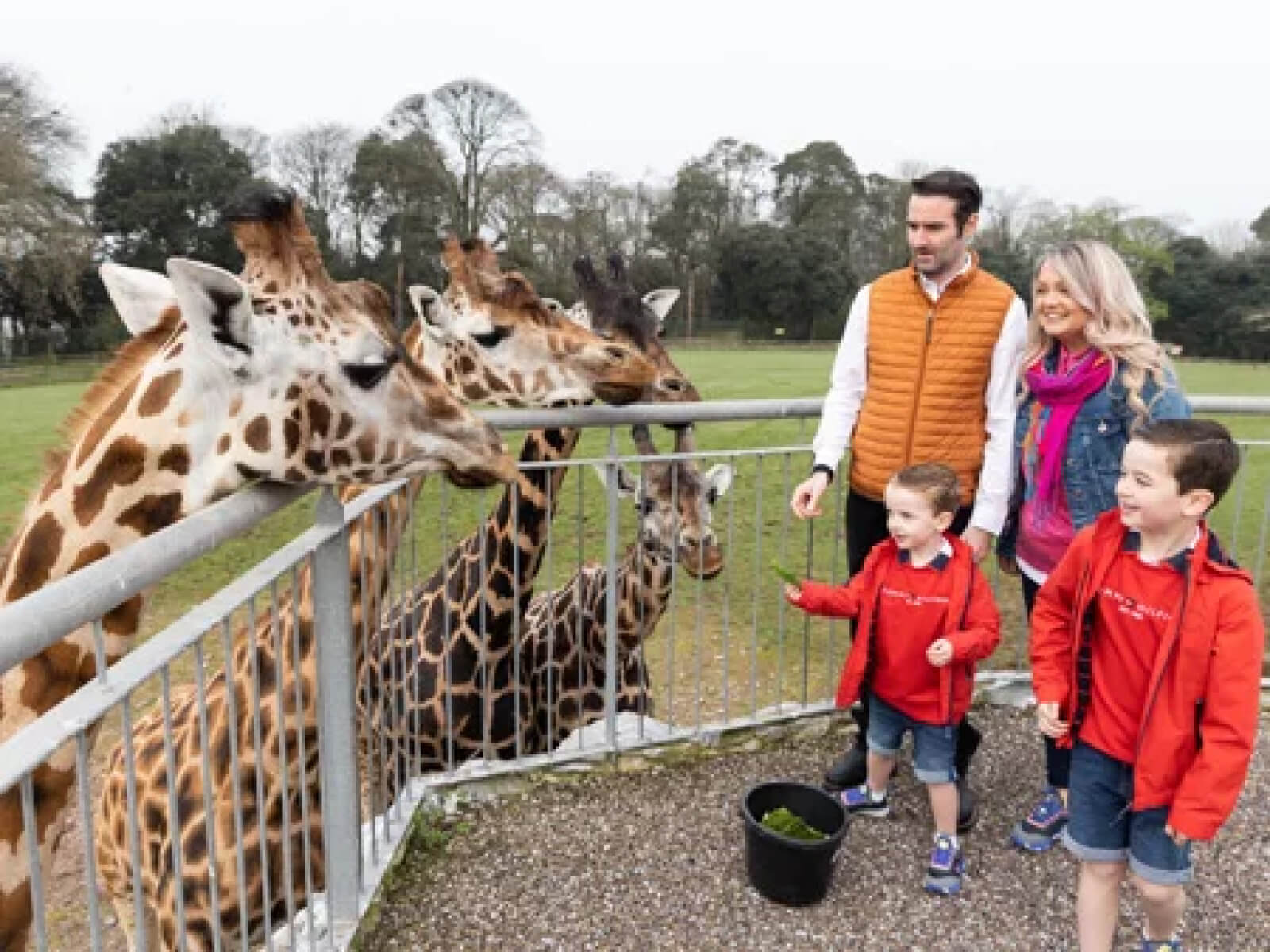
Fota Wildlife Park is one of the most popular tourist attractions in Ireland and has been awarded ‘Best Family Day Out’ for both Munster and Cork on several occasions. It is also in the Top 25 Zoos/Animal Parks in Europe in the 2015 TripAdvisor Travellers Choice Awards
Fota Wildlife Park cares for several different animal species in danger of extinction. Through long-established Breeding programmes, which are run cooperatively with other institutions around the world, the Park is helping restore populations of some species while protecting the very survival of others.
Fota Wildlife Park is proud to welcome you to the Education, Conservation and Research Centre (ECRC), co-funded by the Government of Ireland via the Office of Public Works, and completed in December 2023.
Fota Wildlife Park is one of the most popular tourist attractions in Ireland and has been awarded ‘Best Family Day Out’ for both Munster and Cork on several occasions. It is also in the Top 25 Zoos/Animal Parks in Europe in the 2015 TripAdvisor Travellers Choice Awards



Partners & Affiliates
Fota Wildlife Park could not carry out many of its activities without the help and support of a variety of organisations around Europe.











